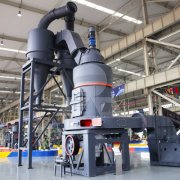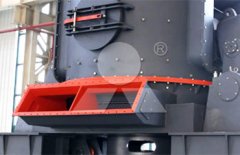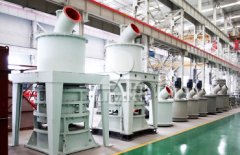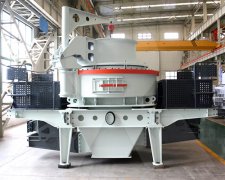Raymond grinding mill
Raymond grinding mill, also known as Raymond mill or Raymond roller mill, is a common grinding equipment used in various industries, including the production of putty powder. The Raymond mill utilizes a grinding roller assembly that rotates around a vertical axis to grind materials between the roller and the grinding ring. Here are some key features and components of the Raymond grinding mill:
Grinding roller assembly: Composed of multiple grinding rollers tightly pressed on the grinding ring, it provides the necessary grinding force and stability during operation.
Grinding ring: A wear-resistant and heat-resistant ring that supports the grinding rollers and is responsible for grinding the materials.
Grinding chamber: The space between the grinding roller assembly and the grinding ring where the grinding process takes place.
Motor: Drives the rotation of the grinding roller assembly and provides power for the mill's operation.
Feeding system: Delivers the raw materials into the grinding chamber for grinding. It can be a belt conveyor, an electromagnetic vibrating feeder, or other feeding devices.
Classifying system: Used to separate the ground materials into different particle sizes. This can be achieved through an integrated classifier or by connecting an external classifier.
Air blower: Provides the necessary airflow to transport the ground materials and control the temperature inside the mill.
Dust collector: Collects the fine particles generated during the grinding process, ensuring a clean and dust-free working environment.
Raymond grinding mills are available in various models and capacities to suit different production requirements. The cost of a Raymond mill can vary depending on factors such as its size, production capacity, and additional features. It is recommended to consult with suppliers or manufacturers to get specific pricing information based on your needs.
Recommended news




